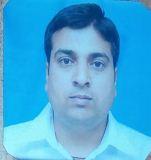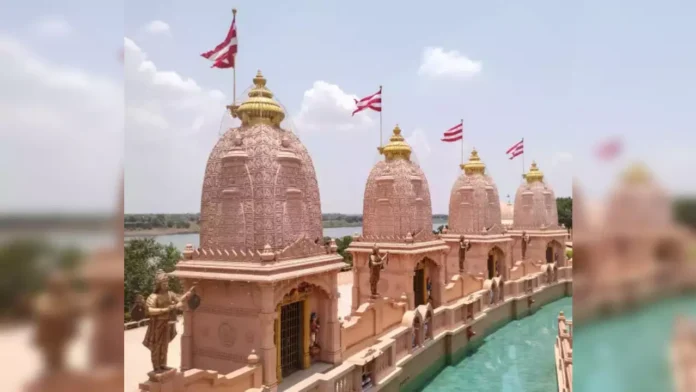Presently, a grand temple is being constructed, encircling the exact location where the picture was originally placed

Ram Vikash
Shortly after India’s independence from British rule, an event permanently turned the trajectory of the centuries-old Ram Janmabhoomi-Babri structure dispute in Ayodhya in favour of the Hindu community. It occurred in December 1949 when a picture of Lord Ram was installed inside the Babri edifice.
Presently, a grand temple is being constructed, encircling the exact location where the picture was originally placed. The timing of this event was critical. It happened in the brief window between the adoption of the Constitution and its formal enforcement just two months later. The enactment of Constitution in 1949 prompted this event.
In the temple town of Ayodhya, though often described as a haven for “bandar aur bairagi” (monkeys and monks), the adoption of the Constitution by the Assembly on 26 November 1949 caused a stirring.
Experts in law and governance conveyed to the Mahants (head-priests) of various temples, akharas and ashrams that once enforced, the constitutional framework would pose a significant hurdle for the Hindu community’s claims over Ram Janmabhoomi, according to Achyut Shukla, who organises an annual event to commemorate the 1949 occurrence. This annual celebration, which has been held uninterrupted in the town since 1950, will be further discussed later in this report.
For over a hundred years, Ayodhya’s sadhus had been actively seeking to reclaim the disputed site, believed to be a sacred Hindu place of worship before the 1528 construction of a mosque by Babur’s general, Mir Baqi.
In anticipation of the impending Constitutional challenge, the Mahants and other influential locals began a series of strategic meetings.
They decided to place a picture of Lord Ram under the central dome of the Babri ‘mosque’, perform “pran pratishthan” (ritual to invoke deity’s presence) and declare it “achal” (immovable)”. Their intention was to propagate the belief that the picture’s appearance was a divine intervention.
Among the key figures was Mahant Avaidyanath from Gorakshapeeth in Gorakhpur, an Ayodhya regular. He who sought assistance from his patron Thakur Gurudutt Singh, who was Faizabad city magistrate at the time and is described by his grandson Shakti Singh as “a great Rambhakta” (devotee of Lord Ram). Another senior official, KK Nayar, a native of Kerala and the district magistrate of Faizabad at that time, was also involved in the plan.
Besides Mahant Avaidyanath, two other head priests, Mahant Ramchandra Das Paramhans of Digamber akhara and Mahant Abhiram Das of Nirvani akhara, played active roles.
Mahant Abhiram was head-priest of Ayodhya’s pilgrim magnet Hanuman Garhi temple as well as the pujari of Ram Janmabhoomi – that is, priest of a small temple built on a chabutra (platform) just outside the domes of the Babri structure.
This chabutra is said to have been erected soon after the ‘mosque’ came up, to serve as the site for Hindus to offer prayers and prasad.
Mahant Abhiram often recounted a recurring dream of a Ram temple replacing the Babri structure. Presently, his disciple, Acharya Satyendra Das, is chief priest of the under-construction Ram Janmabhoomi temple.
The group chose Shukla Tritiya of Poush month of the Hindu calendar, which fell on 22 December that year, for their plan’s execution. morning, announcements in the streets urged more people to visit Ram Janmabhoomi, claiming a divine appearance of Lord Ram beneath the domes.
Amarnath Pandey recalls his father saying that uniformed policemen held loudspeakers in hand and made those announcements. “Families dropped everything they were doing and rushed to the site,” he says.
Devotees began performing kirtan to celebrate the “miracle”. A story of a miracle in the previous night spread like wildfire. The story went like this: late at night, the Muslim guard at the ‘mosque’ witnessed a blinding light, so bright that he lost his vision for some time.
Moments later, the light dimmed and he saw a child playing under the central dome. After witnessing the miracle, the guard fell unconscious. When he awoke, the Lord Ram picture and worship materials were present.
This narrative of divine intervention is still firmly believed by Ayodhya’s old-timers. For instance, Nanku Ram Nishad, 75, who lives near Hanuman Garhi, emphatically rejected any suggestion of a premeditated placement when told by this author. He said, “Everybody in Ayodhya knows that God descended on Earth that day and claimed his rightful place”.


